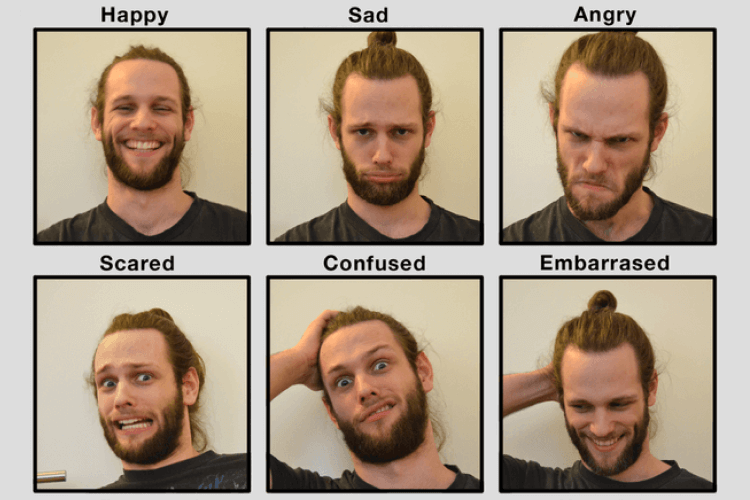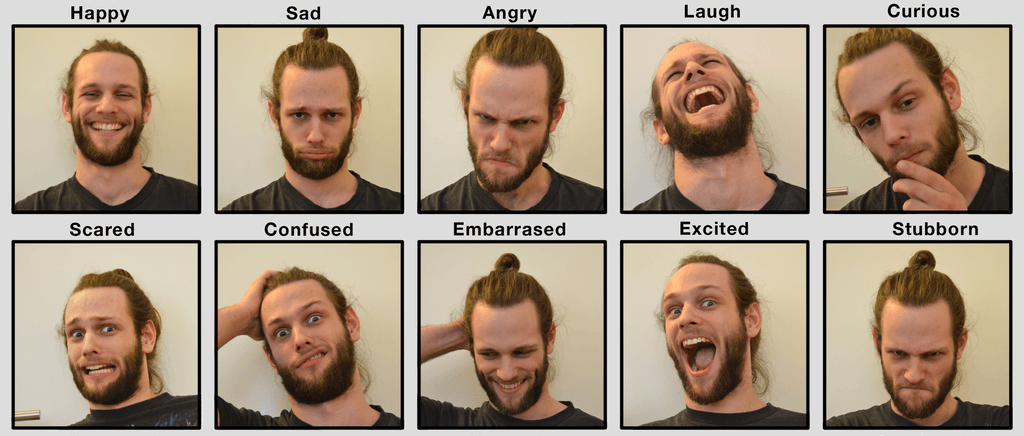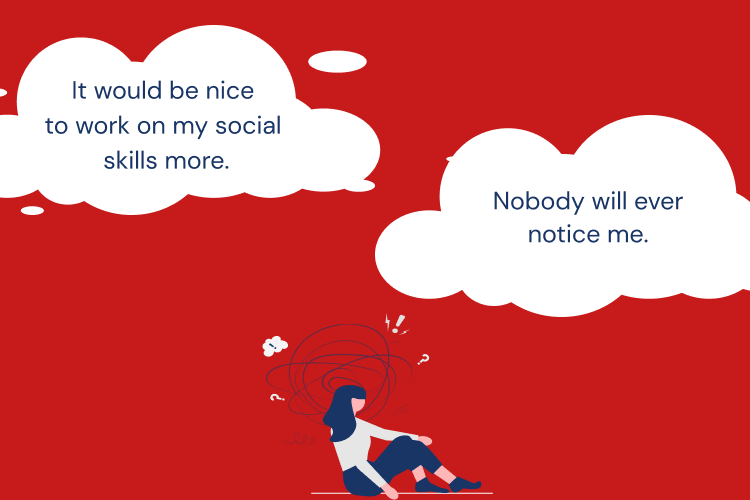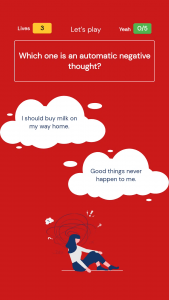Check 4 Dimensions of Your Well-Being For Free!
According to the World Health Organization, around 20% of children and adolescents worldwide have a reported mental health condition. At the same time, a total of 13% of the global population suffered from a type of mental health or substance use disorder as of 2017. That’s right – these were the numbers before the pandemic ever kicked in.
When mental health is concerned, specialists agree on one fundamental principle: prevention is the best treatment. Although some disorders are rooted in genetics and triggered by traumatic events, a large number of mental health problems are known to be fully preventable. All one needs to do is pay attention and take action before the situation gets out of control.
Happily, there are ways to do this easily and swiftly through professionally designed well-being assessment surveys that serve as a good base to develop your action plan. The RelaxifyApp team is happy to present you with our free, easy to take, and reliable well-being survey, developed by professional psychologists.
So, here is what you’ll find out through it!
The Four Dimensions of Well-Being
Our well-being assessment tool takes into consideration four of the essential dimensions of a person’s well-being status: the emotional, the physical, the cognitive, and the social dimension. Each of them plays an important role in how we feel, act, and interact with the world around us, respectively improving or worsening our general mental health status.
Emotional Well-Being
It is wrongly considered that emotionally healthy people are overwhelmed with wild positivism all of the time. In fact, this misconception often leads people to have unrealistic expectations towards themselves and battle feelings that just have to be felt. An emotionally healthy individual does not repress moods and experiences but rather shows the resilience, adaptability, and self-awareness needed for a healthy emotional reaction.
In the free well-being survey of RelaxifyApp, your emotional health will be properly assessed with a series of questions, examining your attitude towards life conditions, relationships, environments, and challenges.
Physical Well-Being
Physical health and mental well-being are not as independent from each other as one might wrongly consider. In fact, The Canadian Mental Health Association concludes that “Poor mental health is a risk factor for many chronic physical conditions, and people with chronic physical conditions are at risk of developing poor mental health.” Or else said: disregarding your worsened emotional or physical condition can easily evolve into multiple layers of well-being challenges.
Some psychosomatic symptoms that overlap between challenging physical and mental states might include nausea, rapid heartbeat, shortness of breath, stomach problems, or repetitive headaches with different intensities. These will also be addressed and interpreted while you’re testing your well-being in RelaxifyApp.
Cognitive Well-Being
Concentration, focus, productivity, goal-setting, and adequate situation judgment are all part of your cognitive well-being. It has to do not merely with your professional and educational performance but also your awareness of surroundings, circumstances, opportunities, and decision-making logic.
Improving your focus and mindfulness is known to improve both how you cope with the world around you and how you feel about it. But to address your cognitive challenges, you first need to be perfectly aware of them. Gladly, the Relaxify app can help you do both – first to grasp where you are and then start consistently moving forward.
Social Well-Being
Last but not least, our kind always lives as a part of a group – be it the family, the co-workers, the friends and relatives, or society in general. A person is designed to share, transmit, reflect and communicate not just thoughts but also emotions, attitudes, and values. This is why you can easily be affected by the quality and quantity of your social contacts. And that effect can be both healthy and not-so-healthy.
During your free well-being survey, you will answer questions about how regular, how fulfilling, and how healthy your social connections are. Moreover – you will get an objective judgment on an often subjective matter such as interpersonal communication with the people close to you.

What’s Next?
After you answer all the questions in the survey, you will get a personal score for each dimension of your well-being: emotional, physical, cognitive, and social. Every score will be generated on a scale from one to 1000, thus giving you the most useful and detailed insight on how you actually feel at the moment. What’s more – every score will come with a thorough explanation that reaches beyond numbers and puts your condition into easily understandable words.
And that’s now all! Depending on the results of the survey, every user will get a personalized action plan based on engaging games, daily in-app exercises, and proven scientific approaches towards mental health improvement. As a result, you will be encouraged to focus more on the dimensions with lower marks; you will be able to gain points and improve your well-being on the go.
Because prevention is the best treatment, remember! So let’s do it together!










